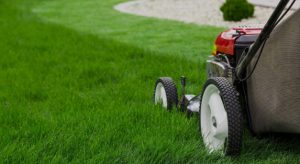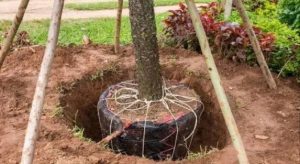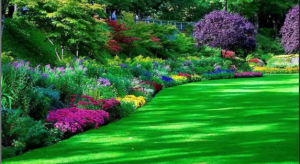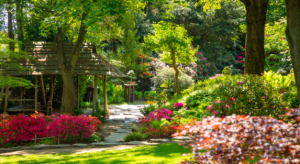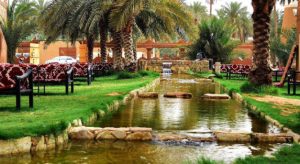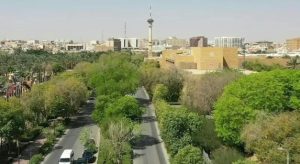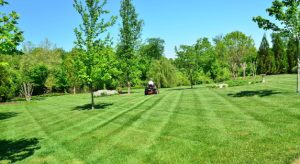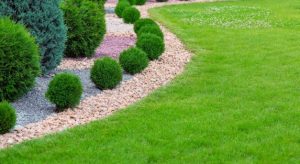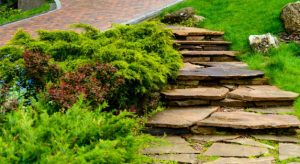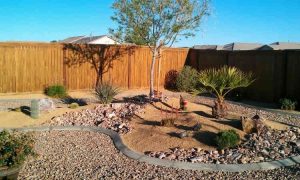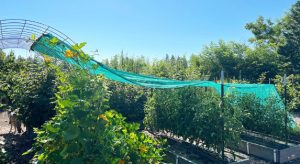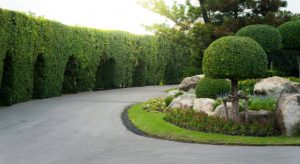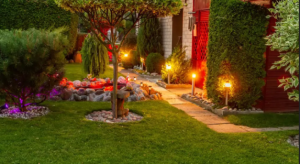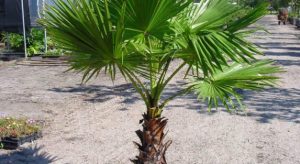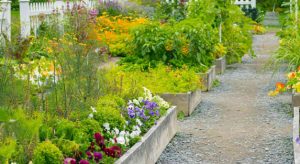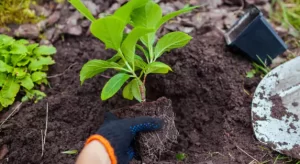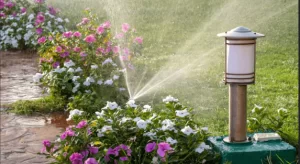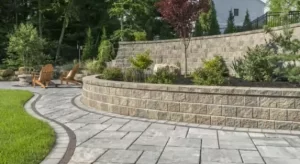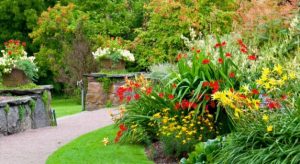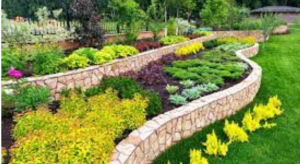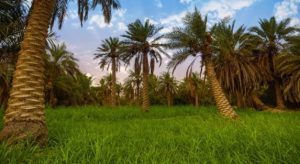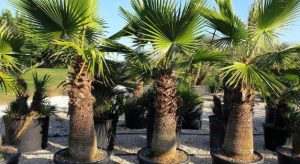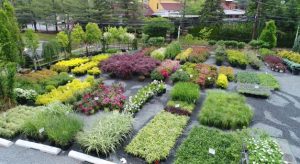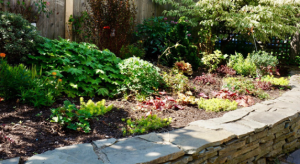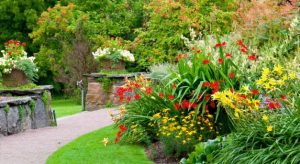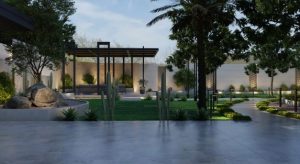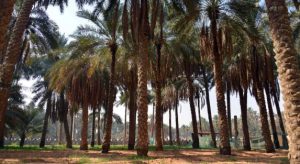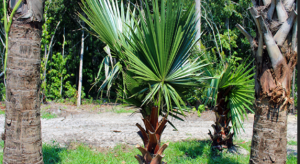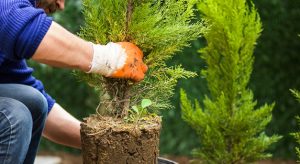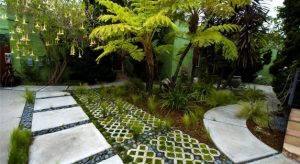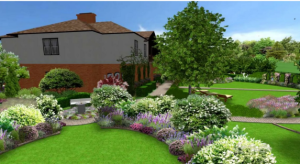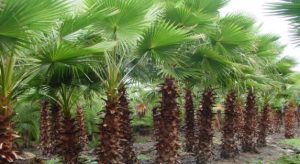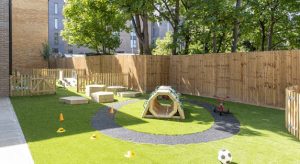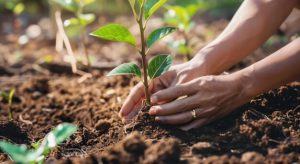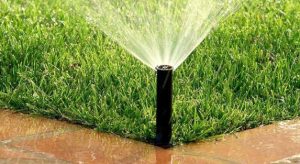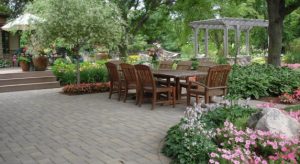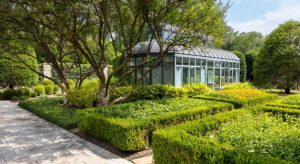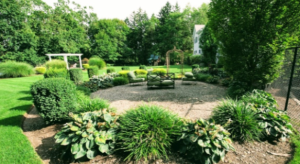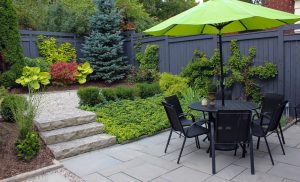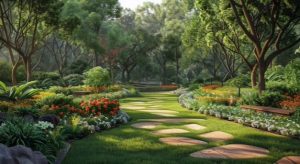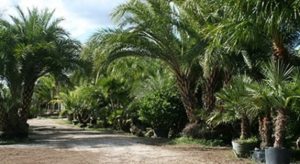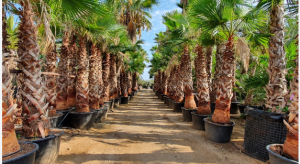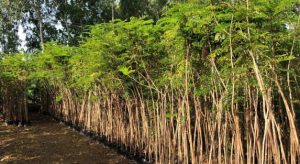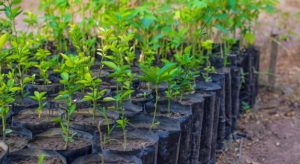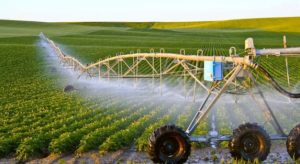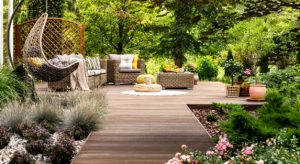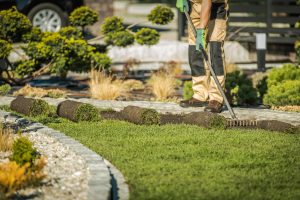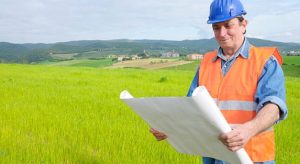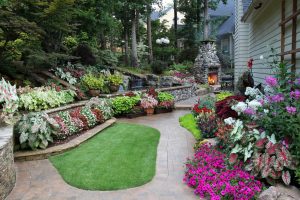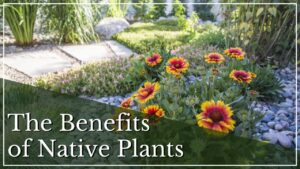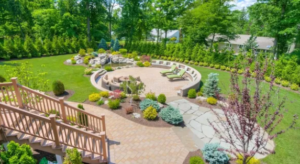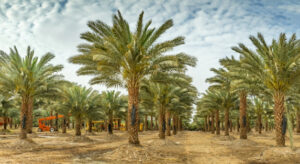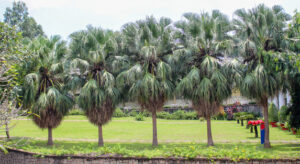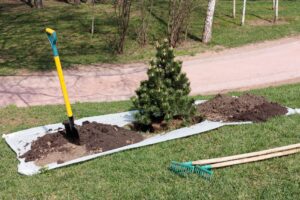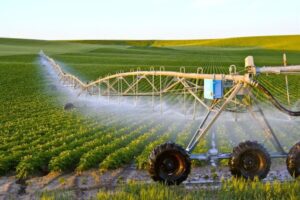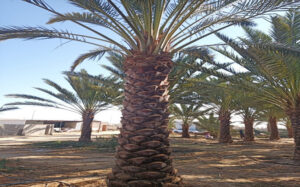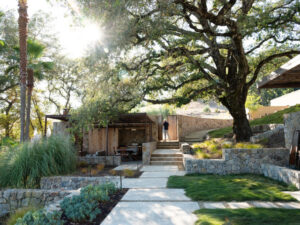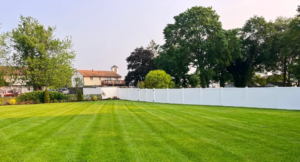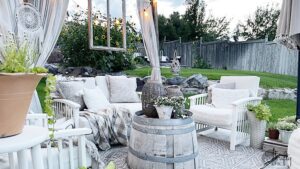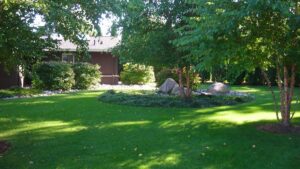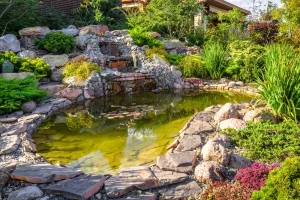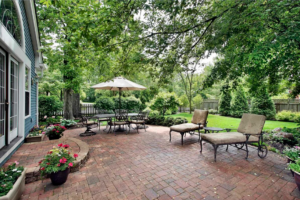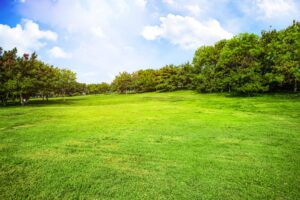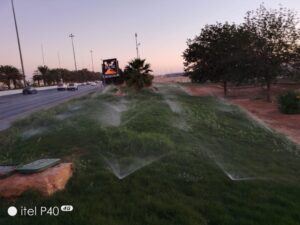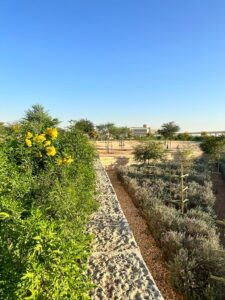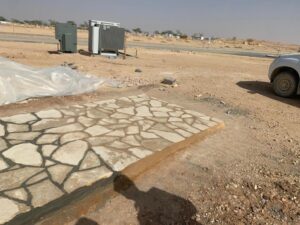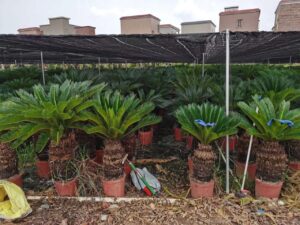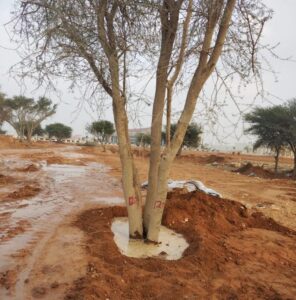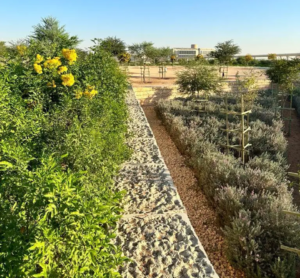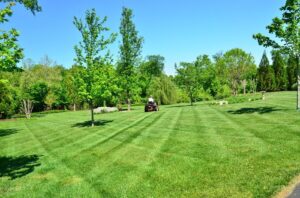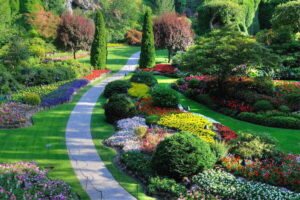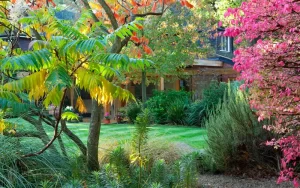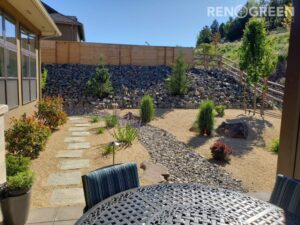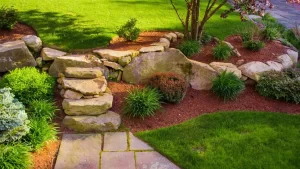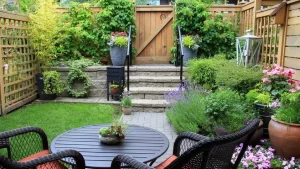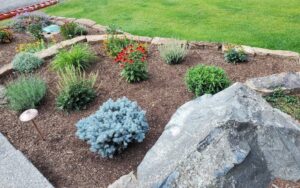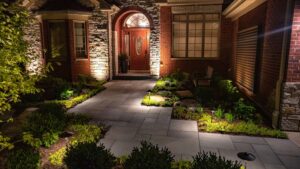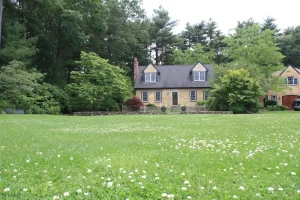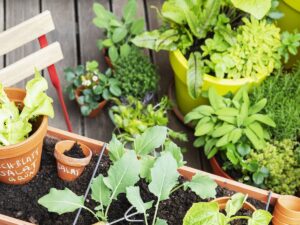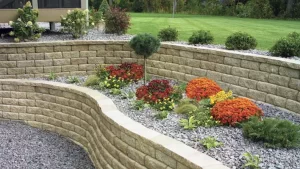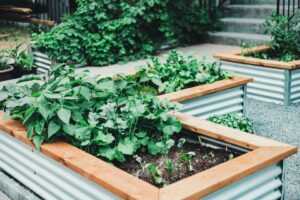How to Plan a Nursery Landscape for Eco-Friendly Gardening
10 February, 2025
Introduction
In recent years, the concept of eco-friendly gardening has gained significant traction as more people become aware of the environmental impact of traditional gardening practices. Eco-friendly gardening, also known as sustainable gardening, involves using practices that are environmentally responsible, resource-efficient, and beneficial to the ecosystem. One of the key components of eco-friendly gardening is the planning and design of a nursery landscape. This article will provide a comprehensive guide on how to plan a nursery landscape for eco-friendly gardening, with a focus on the services provided by a Nursery Landscape Company in Riyadh.
1: Understanding Eco-Friendly Gardening
1.1 What is Eco-Friendly Gardening?
Eco-friendly gardening is a holistic approach to gardening that aims to minimize the negative impact on the environment while promoting biodiversity, conserving resources, and enhancing the natural ecosystem. This type of gardening involves using organic methods, reducing waste, conserving water, and choosing plants that are native or well-suited to the local climate.
1.2 Benefits of Eco-Friendly Gardening
- Environmental Benefits: Reduces pollution, conserves water, and promotes biodiversity.
- Economic Benefits: Saves money on water, fertilizers, and pesticides.
- Health Benefits: Reduces exposure to harmful chemicals and promotes physical activity.
- Aesthetic Benefits: Creates a beautiful, natural landscape that enhances the overall appeal of your property.
1.3 The Role of a Nursery Landscape Company in Riyadh
A Nursery Landscape Company in Riyadh can play a crucial role in helping you plan and implement an eco-friendly garden. These companies have the expertise, experience, and resources to design a landscape that is not only aesthetically pleasing but also environmentally sustainable. They can help you choose the right plants, design an efficient irrigation system, and implement sustainable gardening practices.
2: Planning Your Nursery Landscape
2.1 Assessing Your Site
Before you start planning your nursery landscape, it's important to assess your site thoroughly. This involves understanding the soil type, climate, sunlight exposure, and existing vegetation. A Nursery Landscape Company in Riyadh can conduct a detailed site analysis to help you make informed decisions.
2.1.1 Soil Analysis
The type of soil in your garden will determine the types of plants that can thrive there. Conduct a soil test to determine the pH level, nutrient content, and texture of the soil. Based on the results, you can amend the soil with organic matter to improve its fertility and structure.
2.1.2 Climate and Microclimate
Understanding the local climate is essential for selecting plants that are well-suited to your area. Riyadh, for example, has a hot desert climate with long, hot summers and mild winters. A Nursery Landscape Company in Riyadh can help you choose plants that are drought-tolerant and can withstand high temperatures.
2.1.3 Sunlight Exposure
Different plants have different sunlight requirements. Observe the amount of sunlight your garden receives throughout the day and choose plants accordingly. For example, plants that require full sun should be placed in areas that receive at least 6 hours of direct sunlight per day.
2.1.4 Existing Vegetation
Take note of any existing trees, shrubs, or other plants in your garden. These can be incorporated into your landscape design to reduce the need for new plantings and preserve the natural ecosystem.
2.2 Designing Your Landscape
Once you have assessed your site, the next step is to design your landscape. This involves creating a layout that maximizes the use of space, promotes biodiversity, and enhances the overall aesthetic appeal of your garden.
2.2.1 Creating a Layout
Start by sketching a rough layout of your garden, including the location of plants, pathways, water features, and other elements. Consider the principles of landscape design, such as balance, proportion, and unity, to create a harmonious and visually appealing layout.
2.2.2 Choosing Plants
Selecting the right plants is crucial for creating an eco-friendly garden. Choose native plants that are well-adapted to the local climate and require minimal maintenance. Native plants are also more resistant to pests and diseases, reducing the need for chemical pesticides.
2.2.3 Incorporating Hardscape Elements
Hardscape elements, such as pathways, patios, and retaining walls, can enhance the functionality and aesthetic appeal of your garden. Use eco-friendly materials, such as recycled concrete, natural stone, or permeable pavers, to reduce the environmental impact.
2.2.4 Water Features
Water features, such as fountains, ponds, and rain gardens, can add a sense of tranquility to your garden while also providing habitat for wildlife. Consider incorporating a rain garden to capture and filter rainwater, reducing runoff and promoting water conservation.
2.3 Implementing Sustainable Practices
In addition to designing an eco-friendly landscape, it's important to implement sustainable gardening practices to minimize the environmental impact of your garden.
2.3.1 Water Conservation
Water is a precious resource, especially in arid regions like Riyadh. Implement water-saving techniques, such as drip irrigation, mulching, and rainwater harvesting, to reduce water consumption. A Nursery Landscape Company in Riyadh can help you design an efficient irrigation system that delivers water directly to the roots of plants, minimizing evaporation and runoff.
2.3.2 Soil Health
Healthy soil is the foundation of a thriving garden. Use organic fertilizers, compost, and mulch to improve soil fertility and structure. Avoid using synthetic fertilizers and pesticides, which can harm beneficial organisms and pollute the environment.
2.3.3 Pest Management
Implement integrated pest management (IPM) practices to control pests in an eco-friendly manner. This involves using natural predators, such as ladybugs and lacewings, to control pest populations, as well as using organic pesticides as a last resort.
2.3.4 Waste Reduction
Reduce waste by composting garden debris, such as leaves, grass clippings, and prunings. Compost can be used as a natural fertilizer to enrich the soil and promote plant growth. Additionally, consider using recycled materials for hardscape elements and garden decorations.
3: Maintaining Your Eco-Friendly Nursery Landscape
3.1 Regular Maintenance
Maintaining an eco-friendly garden requires regular care and attention. This includes watering, pruning, weeding, and monitoring for pests and diseases. A Nursery Landscape Company in Riyadh can provide ongoing maintenance services to ensure that your garden remains healthy and vibrant.
3.1.1 Watering
Water your plants deeply and infrequently to encourage deep root growth and reduce water consumption. Use a drip irrigation system or soaker hoses to deliver water directly to the roots, minimizing evaporation and runoff.
3.1.2 Pruning
Regular pruning helps maintain the shape and health of your plants. Remove dead or diseased branches, as well as any growth that is crossing or rubbing against other branches. Pruning also promotes air circulation, reducing the risk of fungal diseases.
3.1.3 Weeding
Weeds compete with your plants for nutrients, water, and sunlight. Remove weeds regularly to prevent them from taking over your garden. Use mulch to suppress weed growth and retain soil moisture.
3.1.4 Pest and Disease Monitoring
Monitor your garden regularly for signs of pests and diseases. Early detection and intervention can prevent the spread of pests and diseases, reducing the need for chemical treatments. Use organic methods, such as neem oil or insecticidal soap, to control pests and diseases.
3.2 Seasonal Care
Different seasons require different care practices to ensure the health and vitality of your garden.
3.2.1 Spring
Spring is the time for planting and preparing your garden for the growing season. Clean up any debris from the winter, amend the soil with compost, and plant new seedlings. Prune any plants that have been damaged by winter weather.
3.2.2 Summer
Summer is the peak growing season, and your garden will require regular watering and maintenance. Mulch around plants to retain soil moisture and suppress weeds. Monitor for pests and diseases, and take action as needed.
3.2.3 Fall
Fall is the time to prepare your garden for the winter months. Clean up fallen leaves and debris, and add them to your compost pile. Plant cool-season crops, such as lettuce and spinach, and protect tender plants from frost.
3.2.4 Winter
Winter is a time of dormancy for many plants, but there are still tasks to be done. Prune deciduous trees and shrubs, and protect plants from frost and cold winds. Plan for the upcoming growing season by ordering seeds and preparing your garden beds.
3.3 Long-Term Sustainability
To ensure the long-term sustainability of your eco-friendly garden, it's important to adopt practices that promote the health and resilience of your landscape.
3.3.1 Biodiversity
Promote biodiversity by planting a variety of plants that provide habitat and food for wildlife. Include a mix of trees, shrubs, perennials, and annuals to create a diverse and resilient ecosystem.
3.3.2 Soil Conservation
Protect your soil from erosion by using ground covers, mulching, and planting cover crops. Avoid over-tilling, which can disrupt soil structure and lead to erosion.
3.3.3 Continuous Learning
Stay informed about the latest sustainable gardening practices and techniques. Attend workshops, read gardening books, and consult with experts, such as a Nursery Landscape Company in Riyadh, to continuously improve your gardening skills.
4: Case Studies and Success Stories
4.1 Case Study 1: Eco-Friendly Garden in Riyadh
A Nursery Landscape Company in Riyadh was hired to design and implement an eco-friendly garden for a residential property. The company conducted a thorough site analysis and designed a landscape that included native plants, a drip irrigation system, and a rain garden. The garden has thrived with minimal maintenance and has become a haven for local wildlife.
4.2 Case Study 2: Sustainable Community Garden
A community in Riyadh wanted to create a sustainable garden that would provide fresh produce for residents while also promoting environmental awareness. A Nursery Landscape Company in Riyadh was brought in to design and implement the garden. The company used organic gardening practices, installed a rainwater harvesting system, and incorporated composting bins. The garden has become a popular gathering place for the community and has inspired other neighborhoods to start their own sustainable gardens.
4.3 Success Story: Transforming a Desert Landscape
A homeowner in Riyadh wanted to transform their barren desert landscape into a lush, eco-friendly garden. A Nursery Landscape Company in Riyadh was hired to design and implement the project. The company used drought-tolerant plants, installed a drip irrigation system, and incorporated hardscape elements made from recycled materials. The garden has become a beautiful and sustainable oasis, providing a peaceful retreat for the homeowner and their family.
5: Conclusion
Planning a nursery landscape for eco-friendly gardening is a rewarding endeavor that benefits both the environment and your well-being. By assessing your site, designing a sustainable landscape, and implementing eco-friendly practices, you can create a garden that is not only beautiful but also environmentally responsible. A Nursery Landscape Company in Riyadh can provide the expertise and resources needed to bring your eco-friendly garden vision to life. Whether you're starting from scratch or transforming an existing landscape, the principles of eco-friendly gardening can help you create a sustainable and thriving garden that you can enjoy for years to come.
- Fountain and Waterfalls
- Gardening
- hardscape
- Irrigation system
- Landscape
- Lawn
- Nursery
- Palm Tree
- Plantation and Maintenance
- softscape
- Tree Transplanting
- Washingtonian Tree
Categories
Latest Post
- Fountain and Waterfalls
- Gardening
- hardscape
- Irrigation system
- Landscape
- Lawn
- Nursery
- Palm Tree
- Plantation and Maintenance
- softscape
- Tree Transplanting
- Washingtonian Tree





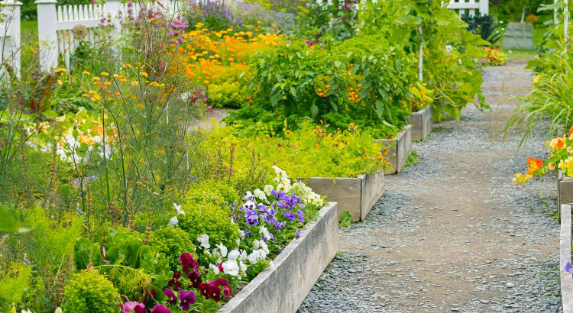
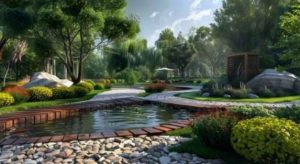
 .
.